|
Word in
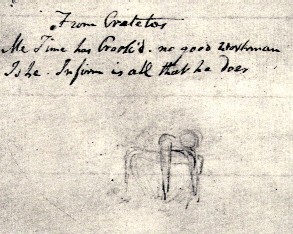
The William Blake Notebook - Letter m (N64) ±1800.
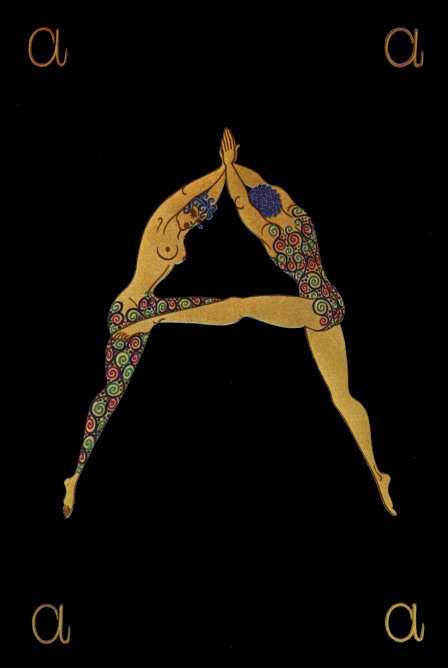
Erte Letter "A" 1928, Serigraph 1976.
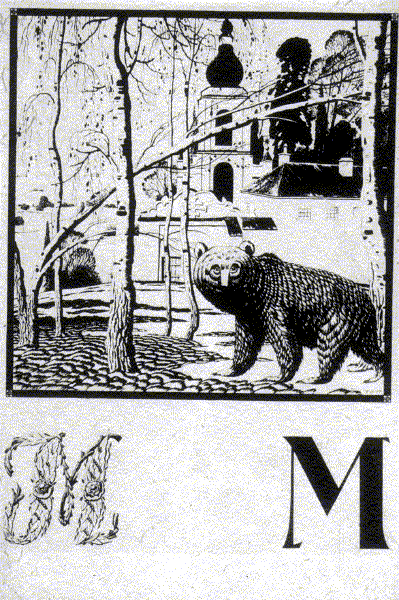
Narbut, Hryhorij. Abetka, Letter "M": Illustration
Ukrainian Alphabet book. 1917 |
Flesh
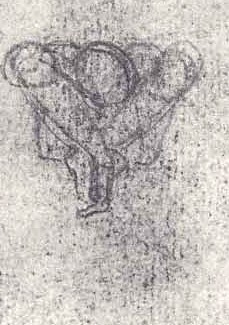
The William Blake Notebook - Letter y (N74) ±1800.
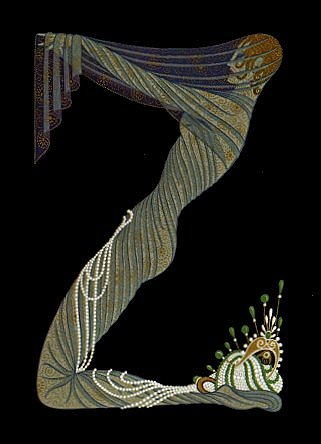
Erte Letter "Z" 1928, Serigraph 1976.
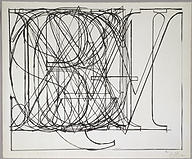
Johns, Jasper.
Alphabet. 1969.
|

J, V, P, I, and E from various
sources.
- Jeremiah forms the
letter “J”, Prologue to The Book of Haggai, 13th-C France.
- The initial “V” for verbum of two interlocking figures,
The Book of Zephaniah, 13th-C French Bible.
- 12th-C Josephus’ Antiquity of the Jews uses a
figurative letter “P”.
- “I” for In Anno, formed by a scribe holding a scroll, The Book of Ezra in the c.1109
Bible of Citeau.
- 8th-C Sacramentary of Gellone includes this initial
“E” for ecclesia.
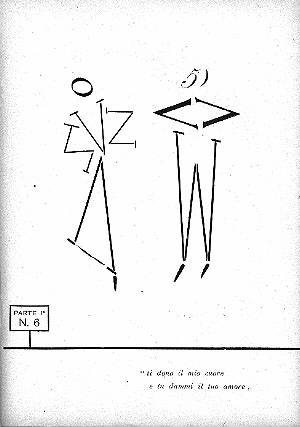 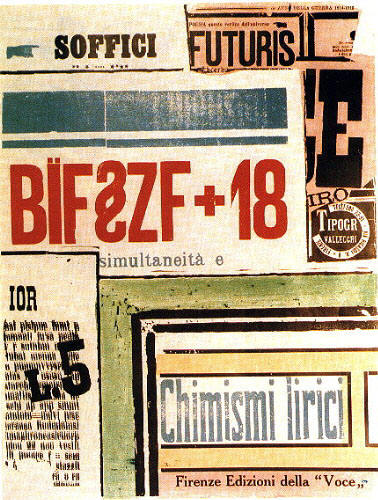
Francesco Cangiullo, "Letter V" - Ardengo Soffici,
Caffè Concerto - Alfabeto a Sorpresa
BIF¤ZF + 18.
(Café-Chantant - Unexpected Alphabet), Simultaneità
e Chimismi 1919.
Lirici (BIF¤ZF + 18.
Simultaneity and Lyric Alchemies), 1915.
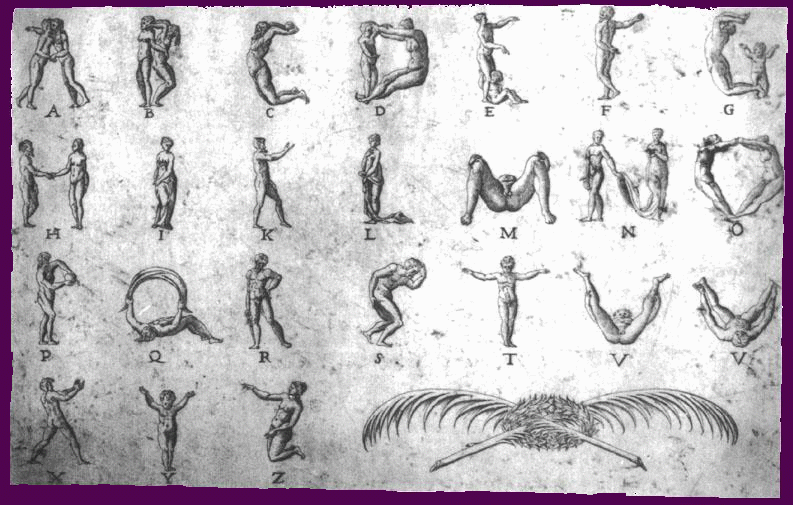
Peter Flötner, Anthropomorphic
Alphabet, Germany,± 1540.
See Salvador Dalí, 1931,‘Paul e Gala’, France.
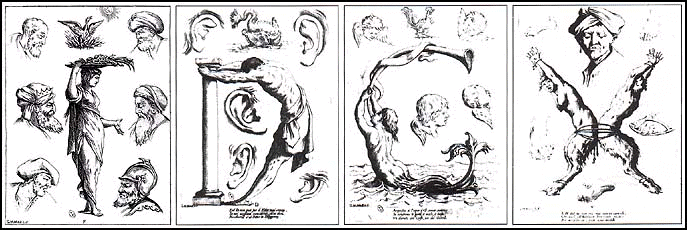
Guiseppe Mitelli, 1683, The Dream Alphabet (allegorical letter
figures).
F for Fortuna, D for Diligenza, C, X.
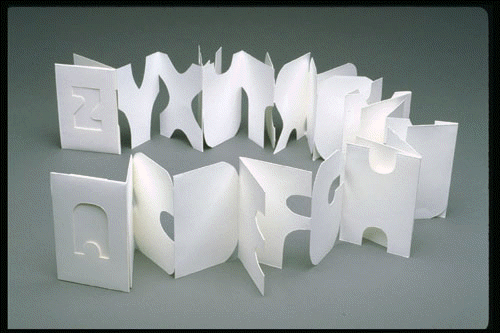
Elaine L. Downing, ABC. 1998.
An accordion book made of one sheet of Mohawk Superfine cover
stock, which when folded includes it’s own covers. Edition of 6.
|
|
357
languages with under 50 speakers
46 languages with one surviving speaker
"Countries with
large numbers of languages are those with the most forests, are
nearer the tropics and with mountain ranges. The same factors
affect the number of bird species. Over the past 500 years,
language extinction has run at twice the rate of bird or animal
species, around 5% vs. 1-2% for life forms. . .
52 of 176 Native American languages and
31 of 235 Aboriginal languages have become extinct in the past 500
years."
Only 200 to 250 of today's 6,800
languages
are spoken by more than a million people.
William Sutherland,
Nature v.423 (15 May 2003)
Language Census 1999*
Chinese Mandarin
885,000,000
English
322,000,000
Spanish
266,000,000
Bengali
189,000,000
Hindi
182,000,000
Portuguese
170,000,000
Russian
170,000,000
Japanese
125,000,000
German
98,000,000
Chinese (Wui)
77,000,000
*National Geographic
Society Voices of the World,1999.
 World
Population Clock World
Population Clock

*2003 Population
estimates from U.S. Census Bureau, World Vital Events Growth rate
of 1.16%
The number of a man
The world population
in 2003 is
6,313,864,378
6.31 billion*
Here is wisdom. Let
him that hath understanding count the number of the beast: for it
is the number of a man and his number is Six hundred threescore
and six (666).
John. Revelations 13:18 (King James Version)
The estimated
world population
in 2008 is
6,667,044,578
6.66 Billion*
*2008
Midyear Population Estimates from U.S. Census Bureau, World Vital
Events, Growth Rate of 1.1%


Of approximately 6000
languages
90 % will be extinct
by the end of the 21st century.
|
|
|
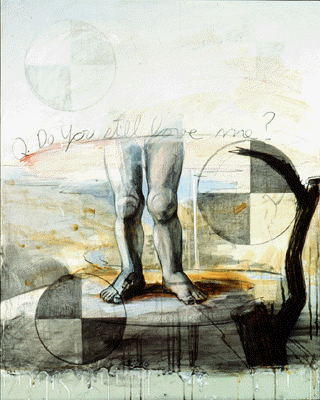 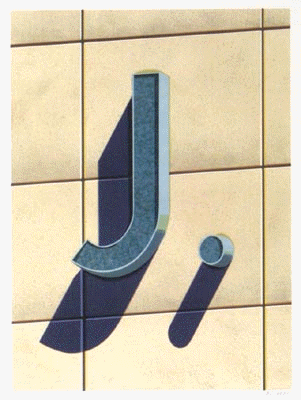
Michael Glier, The Alphabet of Lili - Q Robert Cottingham, "J":
(Q. Do you still love me) 1991. An
American Alphabet, 1997
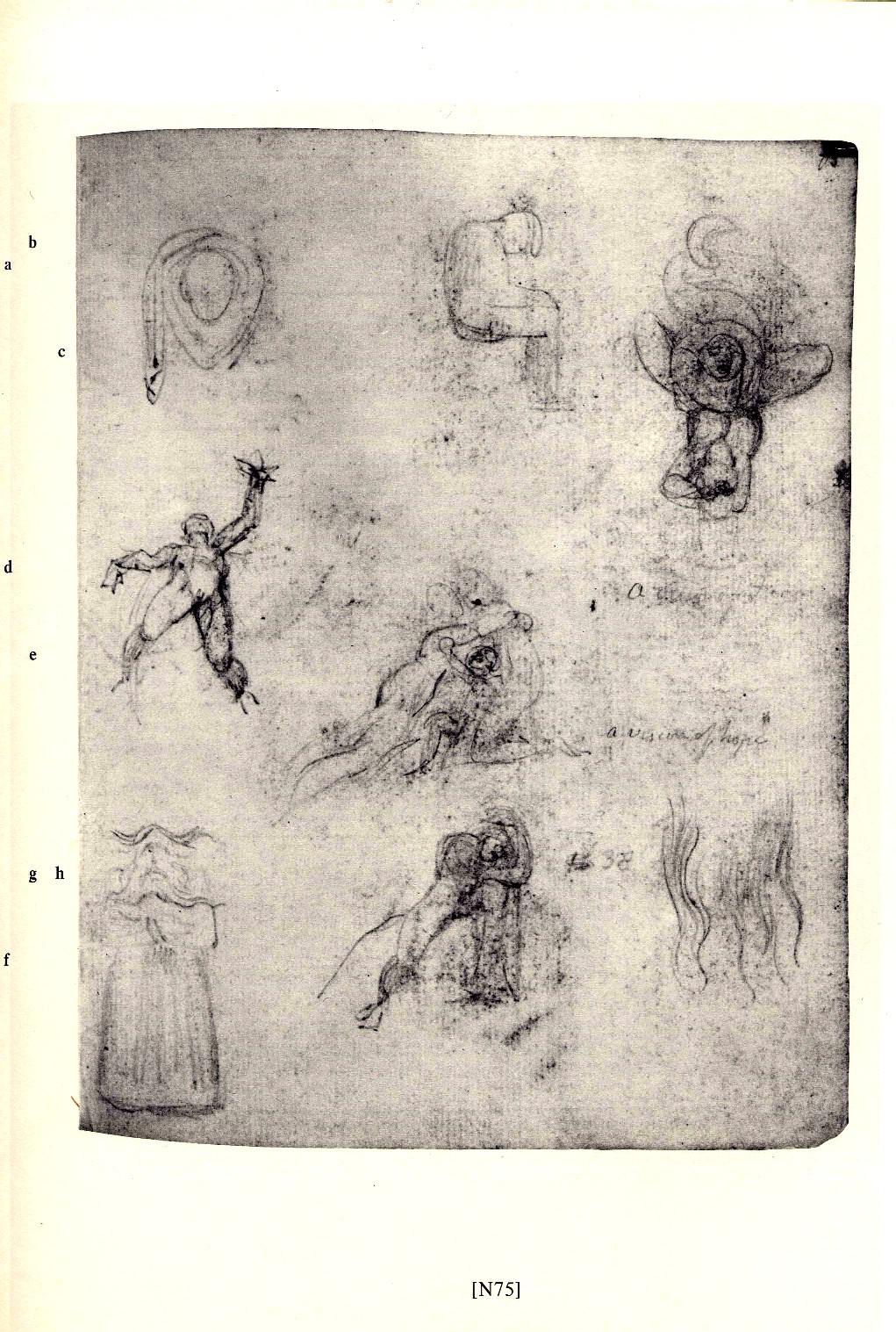
The William Blake Notebook -
Studies for Letters p,h,x,s,a (N75) ±1800.

F.T. Marinetti, Book Page, Les mots en liberté
futuristes (The Futurist words-in-freedom), 1919.
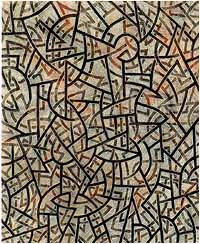
Tom Philips, Painting,
The Cloak of Mercury, 1991.
"An interlacing maze of marks from which all the
configurations of alphabet can be derived and to which in the end
they will return."
Delsarte
Coded Gesture
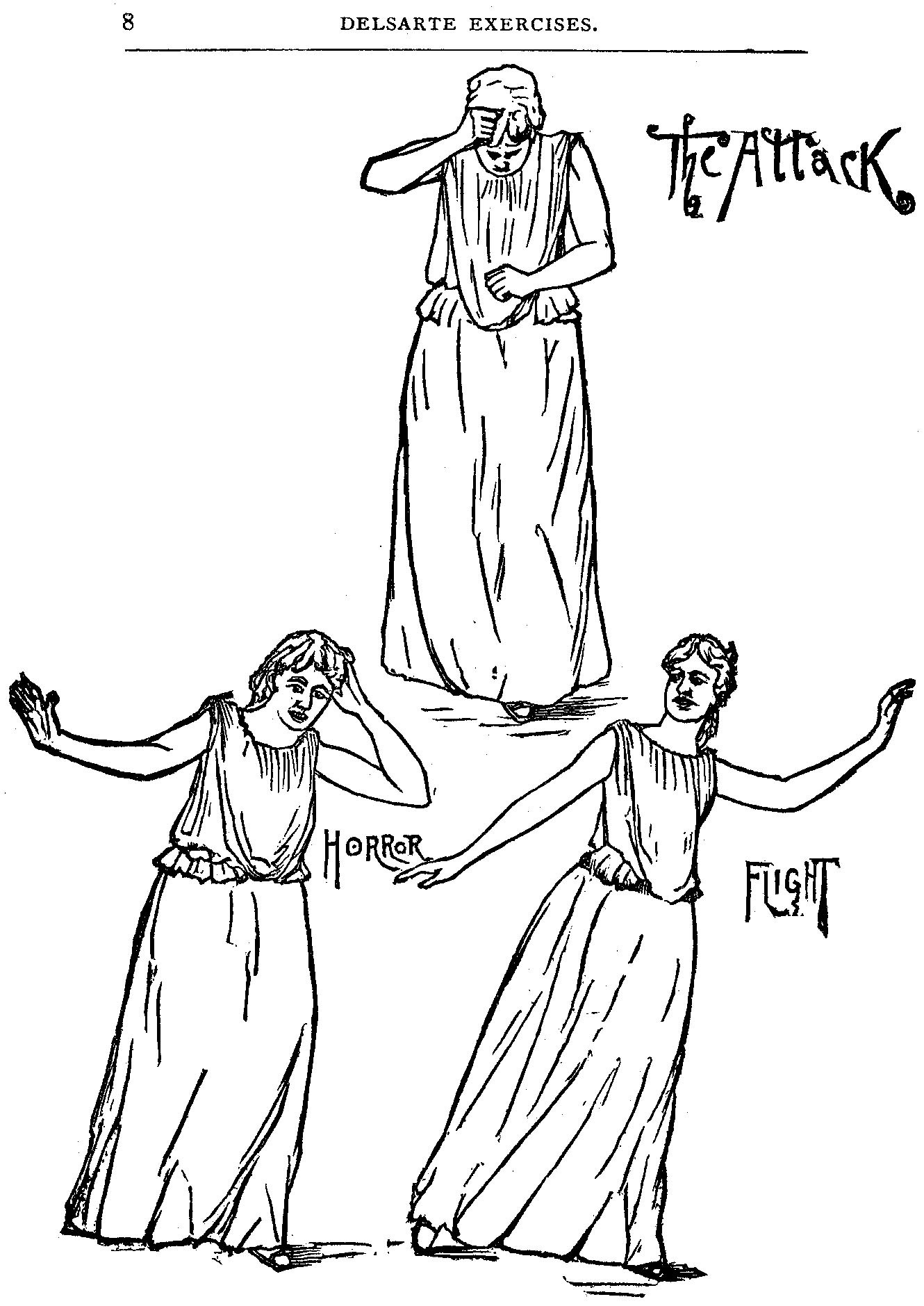
Author
Unknown, Pastimes at Home and School: A Practical Manual of Delsarte Exercises and Elocution (Chicago: W.B. Conkey Co.,) 1897 (showing attack,
horror and flight).
Bacon's Biliteral Cipher
(A Five-bit Code using two characters a / b )
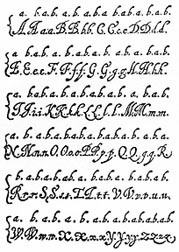 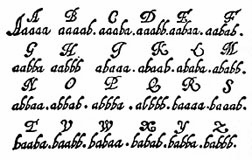
The Biliteral Alphabet
The Key to the Biliteral Cipher
Francis Bacon, De Augmentis Scientiarum, 16th-C.
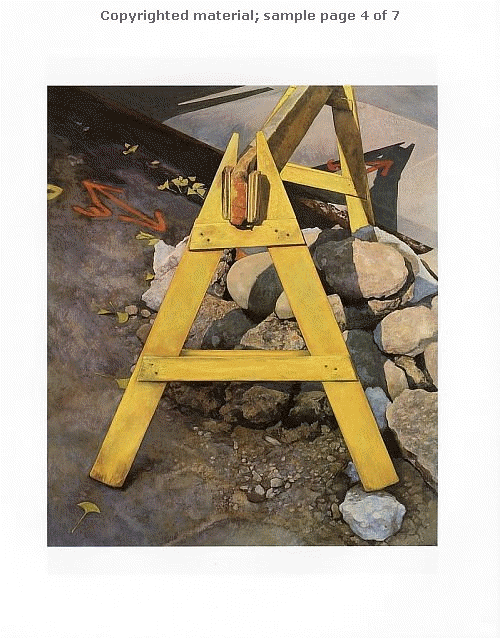
"Stephen
Johnson, "A" from Alphabet City
(Viking Press) 1995.
|

 AB
AB

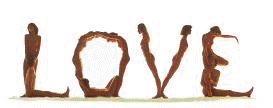











 World
Population Clock
World
Population Clock










